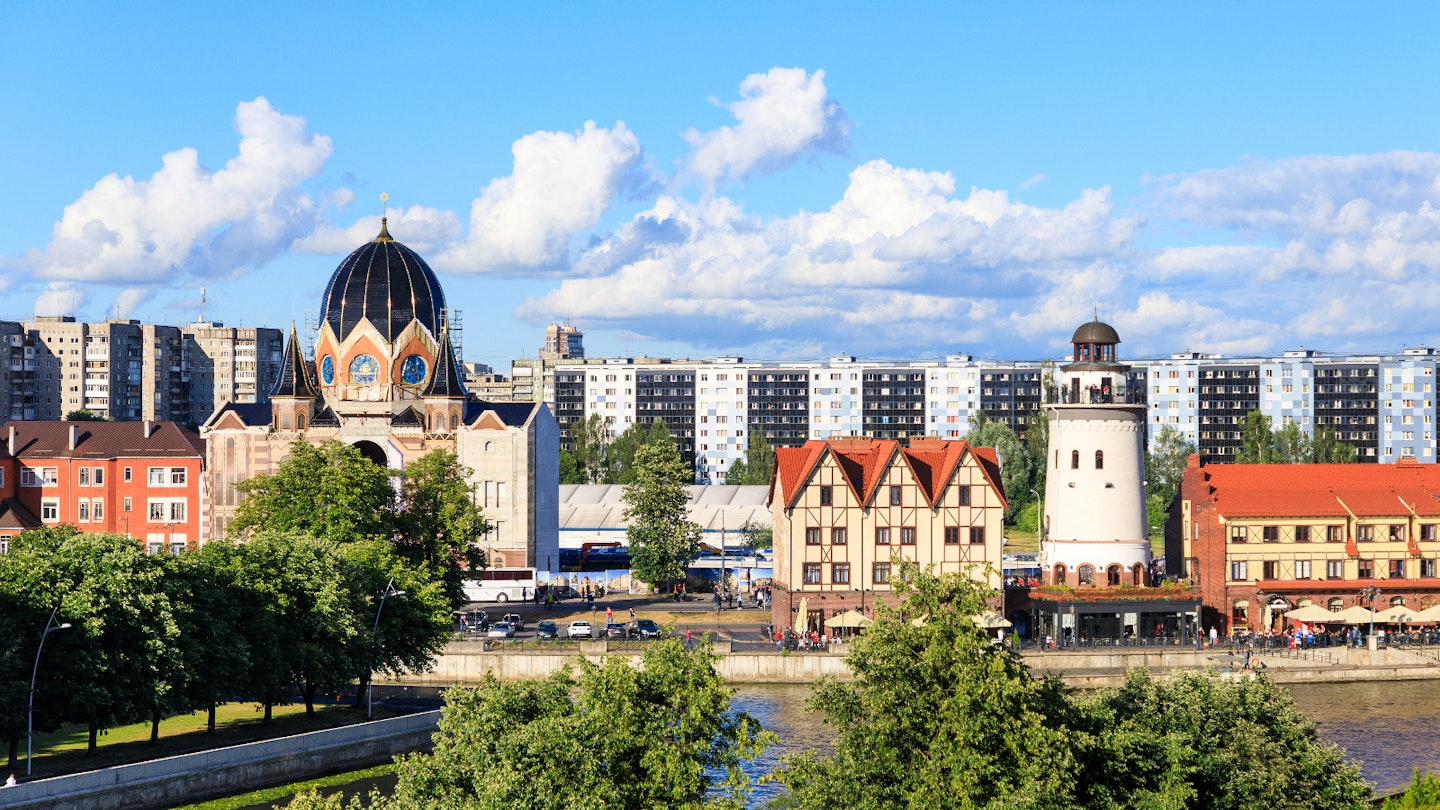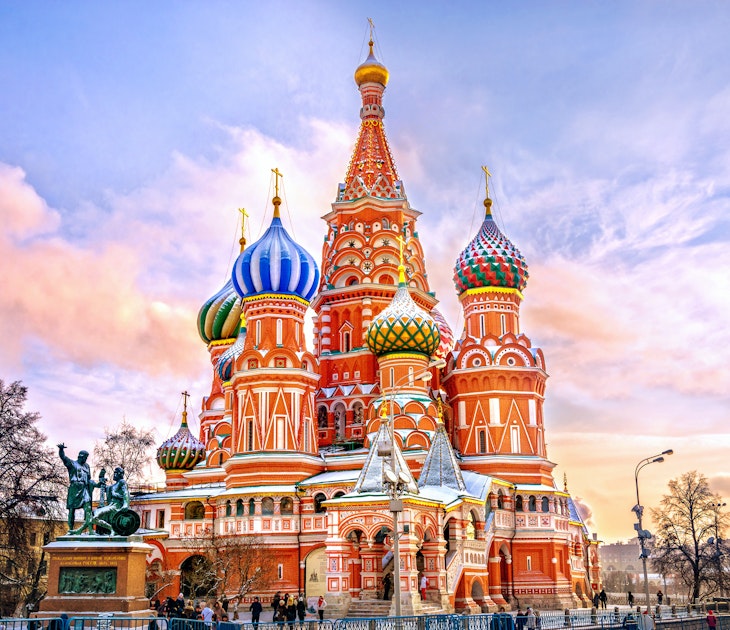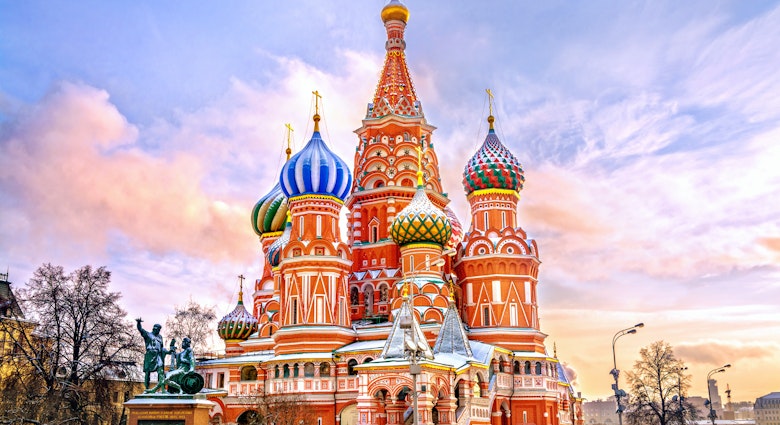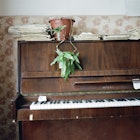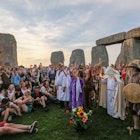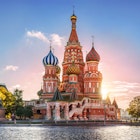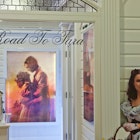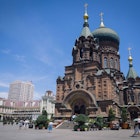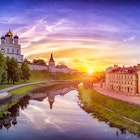Chief Rabbi Berel Lazar has spent 2018 travelling across Russia to participate in ceremonies at a couple of historic synagogues. From the eastern Siberian city of Tomsk to Kaliningrad in the westernmost reaches of the Russian Federation, these buildings stand as a testament to the deep roots enjoyed by the country’s 180,000 Jews and the endurance of their faith across the largest nation on Earth for over a thousand years.
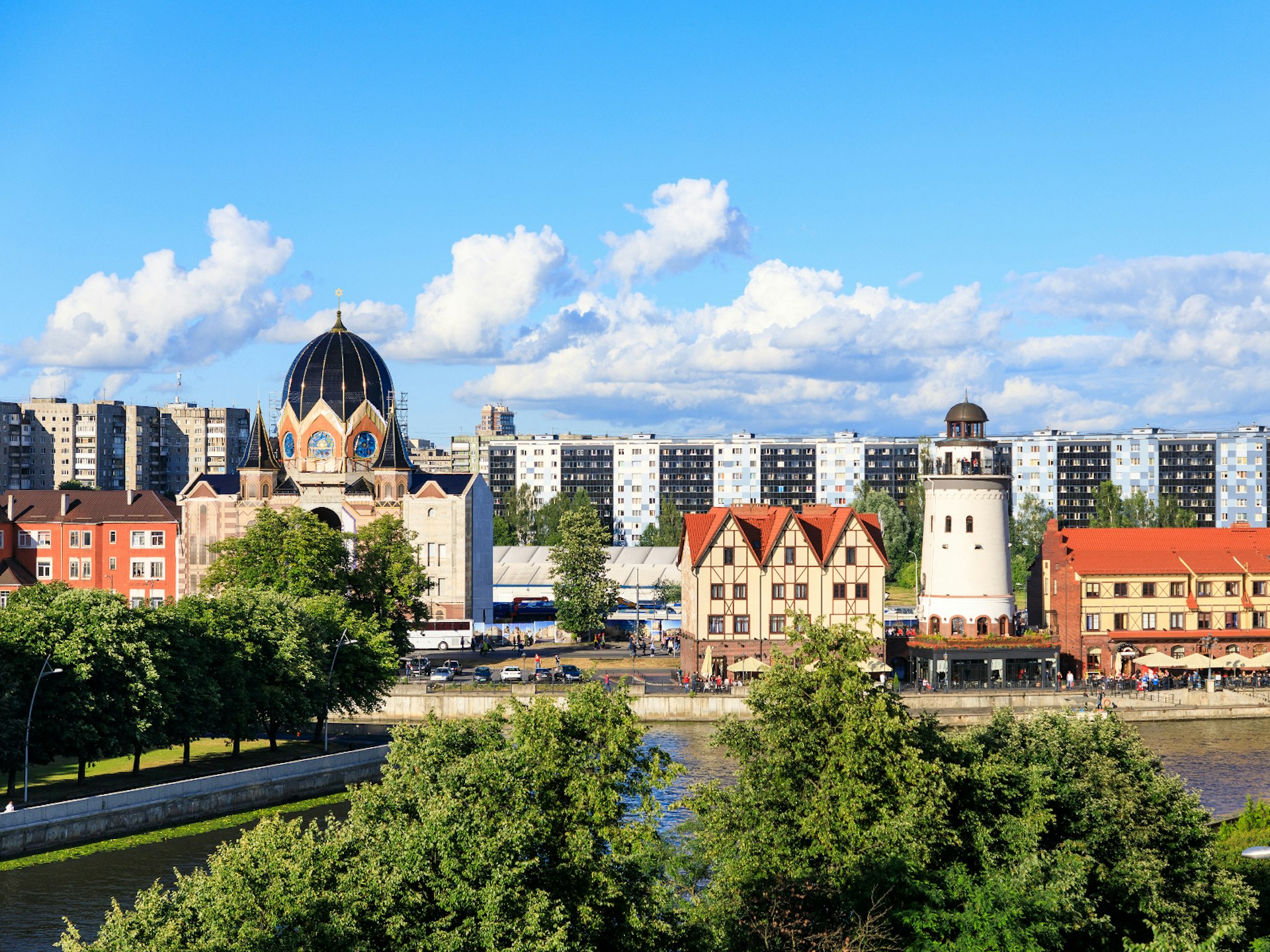
Kaliningrad’s new synagogue
On 8 November 2018, Lazar, one of Russia’s two chief rabbis, officiated at the consecration of Kaliningrad’s nearly completed synagogue. Sporting a giant dome and twin turrets, the building is an almost exact replica of the cathedral-like 1896 original which stood here until it was destroyed 80 years ago.
Jews were first permitted to settle in what was then known as Königsberg, the capital of the Germanic kingdom of Prussia, in the early 16th century. Direct relatives of Woody Allen (whose original surname is Konigsberg) came from this part of the world, as did those of the British comedy writer and performer David Baddiel. By the time Königsberg’s New Synagogue was first built, it served a community of around 4000.
Then came Kristallnacht in November 1938, when the Nazis burned down the synagogue, followed by the horrors of WWII and the general persecution of Jews that continued through Soviet times. Amazingly, Kaliningrad is still home to over 3000 Jews who will use the rebuilt synagogue as a place of worship and a community centre.

The Jewish Museum & Centre of Tolerance
To understand the history of Jews in Russia, there’s no better place to start than at the Jewish Museum & Centre of Tolerance in Moscow. Housed in the vast Bakhmetevsky Bus Garage, designed by the avant-garde architects Konstantin Melnikov and Vladimir Shukhov in the 1920s, the interactive exhibitions here cover Jewish life in the region from the 4th century to the present day. The displays form a dramatic, sometimes heartbreaking but ultimately life-affirming record that doesn’t shy away from the troubles and violence that have regularly been visited on Jews in Russia down the centuries.
When Imperial Russia swallowed up chunks of present-day Poland in the 18th century, millions of Jews became part of its population. Barred from the major cities, Jews were corralled into what was called the Pale of Settlement, where they lived in small towns or villages known as shtetls. The museum places aspects of shtetl life at its heart, with visitors free to wander off from here to discover what happened to Jews during the Holocaust, Soviet times and post Perestroika, as well as to enjoy refreshments in the on-site kosher cafe Alef.
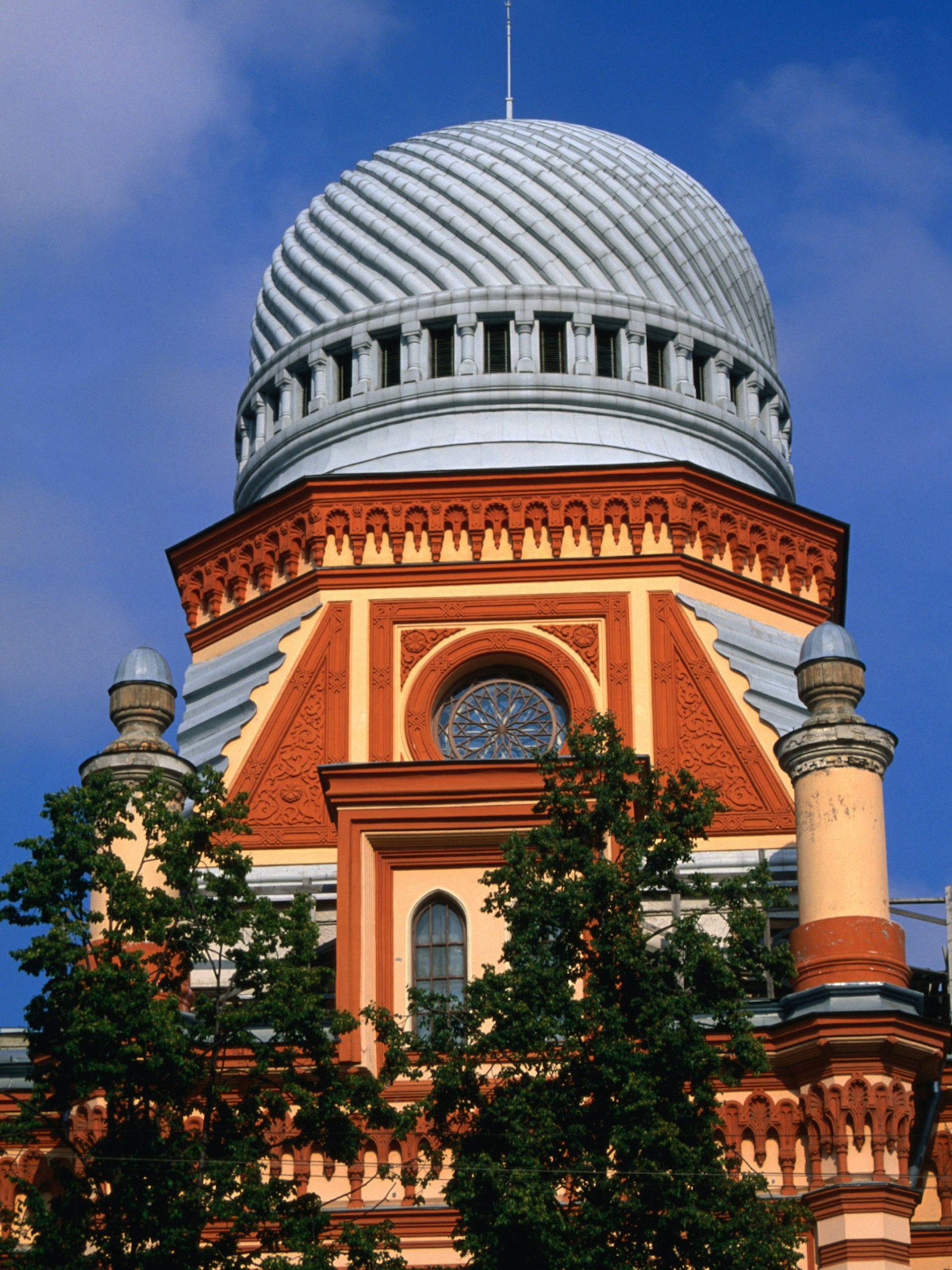
Grand synagogues
The establishment of permanent Jewish communities in Russia’s main cities of Moscow and St Petersburg dates back to the early 19th century, when Jews were first drafted into the army of Emperor Nicholas I. Despite continued waves of government persecution, Jews persevered and thrived to the point that in 1906 Moscow’s grand Choral Synagogue opened (its construction had begun nearly 30 years earlier). This was the only synagogue in the city to continue operating throughout Soviet times and was visited by Golda Meir (later Isreal’s prime minister) in 1948.
Other major Moscow synagogues include the privately built Synagogue on Bolshaya Bronnaya Street, which features the rooftop restaurant Jerusalem with open-terrace dining during good weather; the 1998 Holocaust Memorial Synagogue in Victory Park, which stands alongside an Orthodox church and mosque dedicated to Soviet citizens who sacrificed their lives during WWII; and the Maryina Roshcha Synagogue, which is part of the same compound that includes the Jewish Museum & Centre of Tolerance.
By the 1880s, St Petersburg (then Imperial Russia’s capital) was the centre of Russian Jewry. This led to the creation of the city’s Grand Choral Synagogue, consecrated in 1893 after a planning and construction period of some 24 years. Sporting Moorish architectural elements, the synagogue is indeed grand with a 47m-high cupola and beautiful decoration both inside and out. The compound also includes the Small Synagogue (which opened in 1886 as the place of worship until the Choral Synagogue was completed), a shop selling Judaica and kosher goods, and the kosher restaurant Le’chaim.
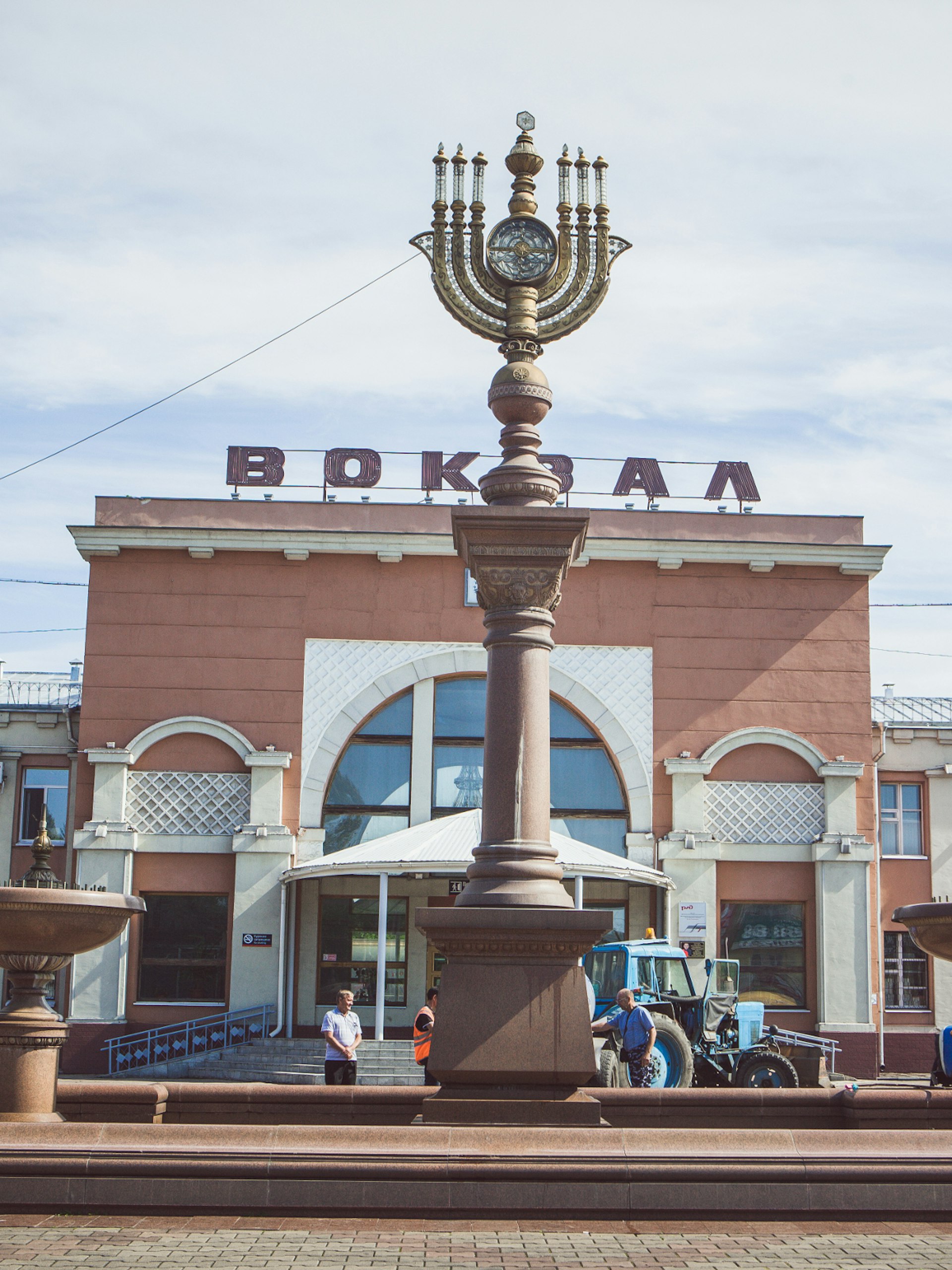
Jewish Autonomous Region
Following the Bolshevik-led revolutions of 1917, the lot of Jews in the Soviet Union initially improved. Jews began to hold key positions in national government and cultural life. However, Communism’s antipathy towards all kinds of religion plus the local deep-rooted tendency towards antisemitism once again led to persecution. Stalin’s answer was to assign Jews their own homeland – some 8200km east of Moscow. Thus the Jewish Autonomous Region (JAO) was established in 1928 with the town of Birobidzhan, on the main route of the Trans-Siberian Railway, as its administrative centre.
Life was tough out in the swampy, mosquito-infested borderlands the JAO shares with China. However, the dream of a Jewish-governed area of the world attracted around 30,000 people to settle here prior to WWII. Today, the Jewish population is but a tenth of that number but it supports the Jewish cultural centre Freud, home to a small synagogue and history museum. Other signs of Jewish heritage in the town include decorations of the Star of David on buildings, a giant menorah (religious candle holder) outside the train station and street names written in both Yiddish and Russian. Outside the Symphony Hall, there’s a statue of the Russian-born writer Sholem Aleichem, whose evocative Yiddish tales of the shtetls of central Europe were the basis for the musical Fiddler on the Roof.
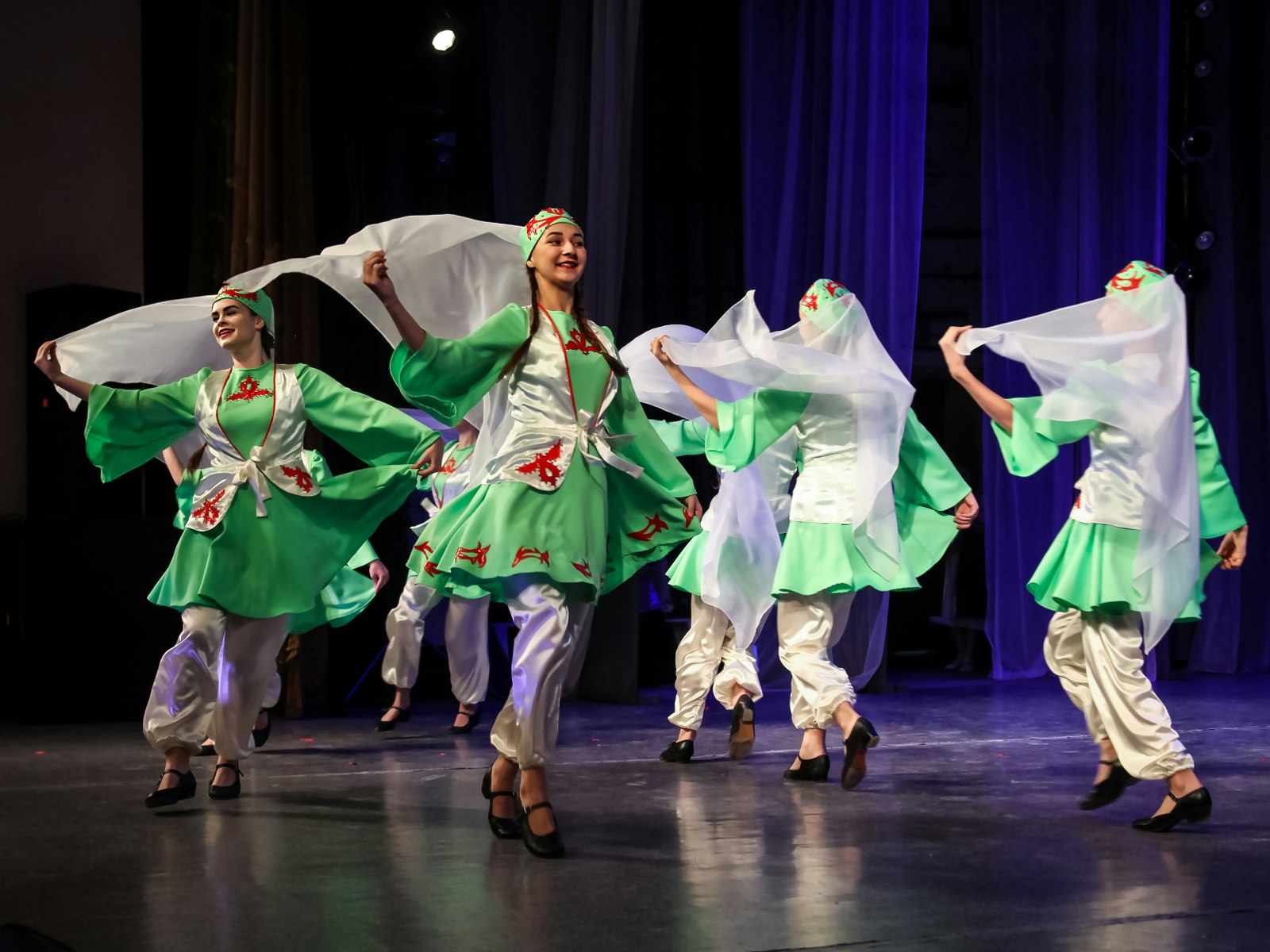
Torah in Tomsk
Unlike the voluntary settlers in the JAO, the vast majority of the Jews who ended up in the Siberian city of Tomsk in the 19th century were political exiles or forced conscripts (many children) to the Imperial army. In December 2010, Chief Rabbi Lazar braved sub-zero temperatures in the city to light candles on the menorah outside the renovated Grand Synagogue, built in 1902.
Lazar was back in Tomsk again in March 2018 to officiate at the official transfer of another heritage building to the local Jewish community. Over 120 years ago, the Cantonment Synagogue was founded by Herzl Tsam, a poor Ukrainian Jewish boy who rose up to become a colonel in the tsar’s army. Once used by child conscripts to the tsar’s army, the building is dilapidated inside but still handsome on the outside, like Tomsk’s other rare and beautiful examples of traditional Siberian wooden architecture.
Check out adventure tours for every traveller from our trusted partners.
https://shop.lonelyplanet.com/products/russia-travel-guide-8

